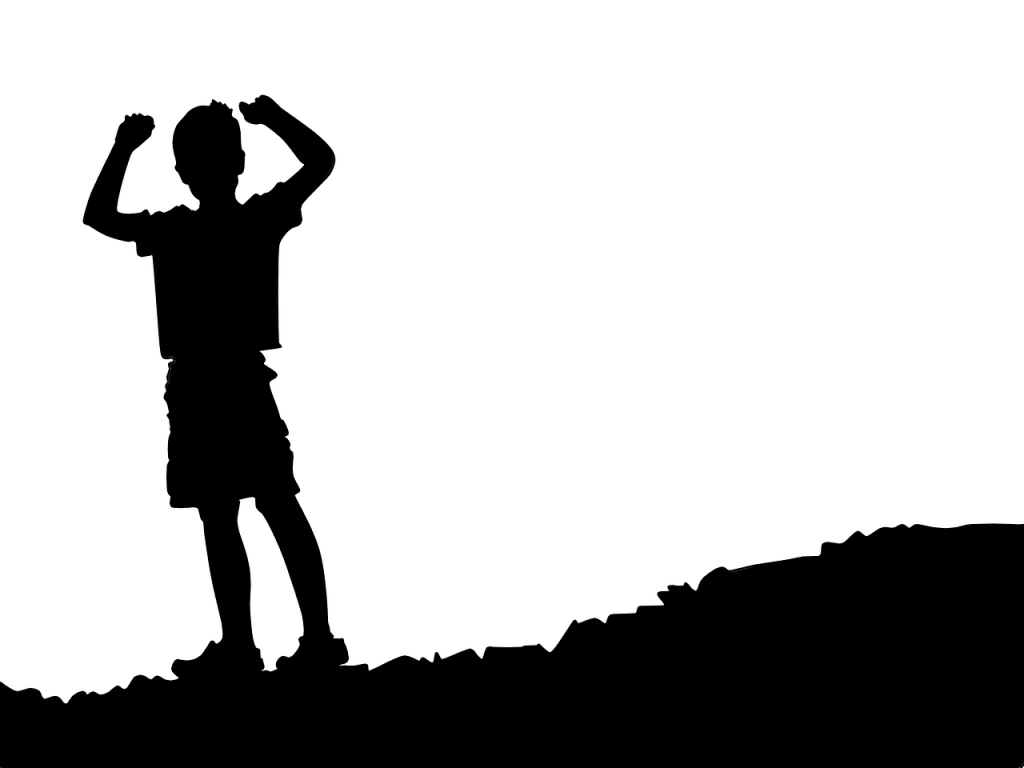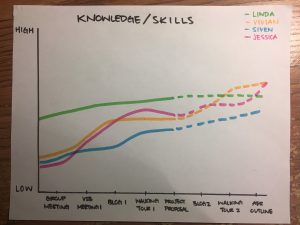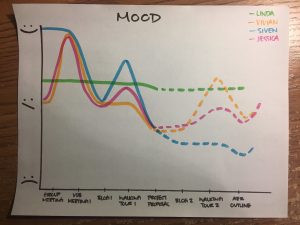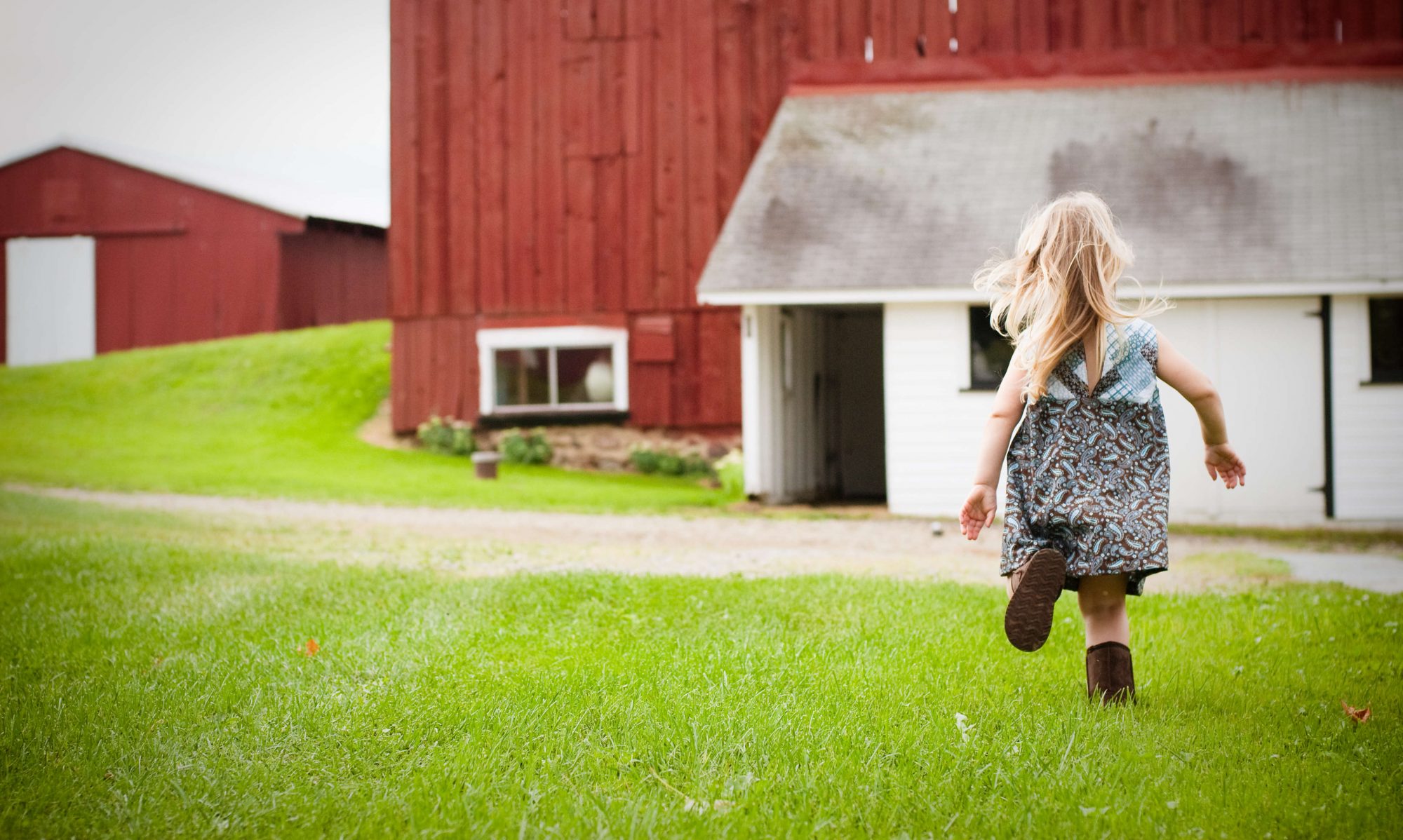Hello again!
With the completion of both walking tours, our group has been busy sorting through all our data and putting together our multimedia reports for Farm to School. Join us below for an update on our progress!
Weekly Objectives and Achievements

Image by waldryano via pixabay
WEEKS 9 & 10
- Organize the information we collected from Thunderbird Elementary and Grandview Elementary
- Complete the Farm to School reports for each elementary school we visited based on the feedback we received during the second F2S meeting
- Begin designing the infographic for the final project
- Begin drafting the final report for the project
Achievements
- Attended the second F2S meeting on March 5th and presented our draft reports
- Decided the requirements and the format for the F2S report
-
WEEKS 11 & 12
- Finish the final version of the infographic and give final presentation in the Nest on March 26th
- Complete the report for F2S to help construct Indigenous landscapes by March 21th
-
Achievements
- Coming Up!
-
Moment of Significant Change
Last week we took part in a very interesting workshop. We were told to first, on our own, draw out a timeline of all the significant moments of this course, then to draw out how we thought our knowledge/skill level had increased through the weeks and how our mood changed through the weeks.
Here are the results:


Linda: Personally, as shown by the green lines in the graphs, I have a fairly steady and slow growth in skill and knowledge after the first week of the term. My emotion status is also fairly stable throughout the term.
For the skill and knowledge graph, I depicted it to have a quick growth at the beginning of term since it was not only the time of learning, but also the time for the learned or hibernated knowledge to revive and become active again under stimulation. When reading through the syllabus and the course outline of the class I was able to identify many familiar key concepts. I managed to dig around my memory to refresh them by reviewing notes or searching through online literatures. After that, during the weekly lectures, tutorials and project process, the learning process slowed down since there were always large amounts of information being put on the table and would be overwhelming from time to time. The absorption and understanding of knowledge, as well as the grasping and mastering of skills takes time through repetition and practice. Therefore, the progress might be slow, but it definitely exists and is important.
For the emotion graph, the green line is fairly flat and stable within a neutral emotion range because I find it reasonable to stay calm under normal circumstances and it is a habit for me to not get too emotional and keep my pace if there is no emergency.
Vivian: Looking at the orange lines, I began the course a little unsure about what exactly our community project would be about and what would be expected from us. Fortunately, our first meeting with Farm to School was able to clear everything up and even piqued my interest about the project! Not only did I gain a better understanding about my role within the project, but I was also able to learn about the goals of the Indigenous Foodscapes project and how Farm to School plans on achieving these goals. However, as schoolwork and midterms started piling up, I began to feel increasingly more stressed about meeting all the deadlines set for the course itself, as well as for our community project. Despite this, I was still able to learn a lot about creating my online presence through these blog posts.
Having attended the walking tour after the Moment of Significant Change workshop, I can say that the tour has definitely increased my knowledge about native plants and traditional food knowledge. Learning about all this from Lori has helped revive my interest towards completing the elementary school reports by inspiring me to learn more about the various plants that we have encountered during the tour!
Siven: As seen by the blue line in the graph, I was very excited and curious about the new semester at the beginning. I wanted to be involved in an interesting project and was looking forward to having our first meeting with F2SVA to discuss our future project. At the same time, my knowledge and skills were at lower levels and I had no idea about what the course and the project would be about. As the course went on, I have learned many professional knowledge about our local food system, such as the connection between gender and food. There were some fun but helpful activities and discussions in tutorial sessions which helped me better understand the content of the course. My skills have also improved and developed by visiting the elementary school and learning to design our own blogs. However, because of the busy work and crowded deadlines, I sometimes felt down while doing the assignments and projects, and was also worried about upcoming events. I believe that being positive is critical to a successful project, so I will plan everything ahead and try to accomplish my daily objectives on time.
Jessica: My trajectory is the pink one in the graph. In terms of mood – I started off a little uneasy and unsure of what was even going on in this course. Then we had our first meeting with our community partner, and I got excited. I love the project and the concept, and I was excited to work. However, as the weeks went on I was less excited and more unsure. Now it wasn’t because of the project – just school was becoming overwhelming and I knew I didn’t have all the time i wanted to dedicate to this project. It’s been a struggle, especially with each additional component because if I felt like I had time I would be so excited and happy to be working on this. I know that this project will continue to have difficulties, but I’m sure by the end I will feel very content in what we’ve accomplished. In terms of skill and knowledge I feel like this course has helped me grow a lot. Every week we have a new reading or lecture that makes me question how our food system needs to address social justice (a favorite was Ron Finley’s Ted Talk) However, the more I learn the more I don’t know what to do. There is so much to consider when making real change that I didn’t think of before, and it makes this all very daunting to approach – I don’t know how my knowledge is really turning into skills.
The Graceful Dismount
As we reach the end of this journey, time is getting tight between all our other classes and this. Even within the course we’re submitting separate papers and trying to keep up with readings and everything outside of this project! So, in order to successfully complete this project we’ve come up with a few things.

Image by Nick Youngson via Creative Commons Images
- First, we’ve made a timeline of due dates and when we want to get things done. The bolded dates are dates set out by the course, the others are deadlines we’ve set for ourselves.
Task Date Compile a draft of our report for F2SVA Wed March 14th Begin outlining an infographic for our final presentation Fri March 16th Meet in person + work on our infographic and report Mon March 19th Finish the report for F2SVA to help plan the foodscape, send it and receive feedback Wed March 21st Finish the infographic – start to compile information from proposal and infographic for our final report Fri March 23rd Present to fellow students in the AMS Nest utilizing an infographic on what we’ve accomplished this term March 26th Go on a final garden walk with Lori, our Indigenous Foodscape Coordinator Week of March 28th-April 4th (Date tba) Meet and work on our final report Mon April 2 Hand in a final report on what we’ve accomplished April 8 Secondly, we will continue communicating frequently with Sam, Lori, and the respective teachers from Thunderbird Elementary and Grandview Elementary. Our final report for F2SVA has to be right for them – including all the information about the assets they have as well as what they need to build more. By asking them for feedback we can ensure that we have all the information they are looking for. We will incorporate the feedback provided by them to produce two reports that will be of use to the F2S team. To successfully complete the project, we have all agreed to follow the timeline above and to maintain constant communication and cooperation between group members. We will also continue to respect each other’s opinion and to include everyone’s strengths into our work.
The last and final thing to be successful in our mind, is to end things with our community partner in a positive and respectful manner. They are arranging a final walk with us and Lori, possibly in UBC where we will get to learn more about the Indigenous plants around the area. We will be using that time to show our gratitude, as well as following up with them to make sure they are happy with everything.
We are very excited to see what comes next. Our last meeting with the community partners went very well and they gained new ideas on how to build on this project in the future. It is amazing to see what the groups accomplished and how we are leaving an impact.
Images:
- Achievement image by waldryano.
Strategy image by Nick Youngson.
